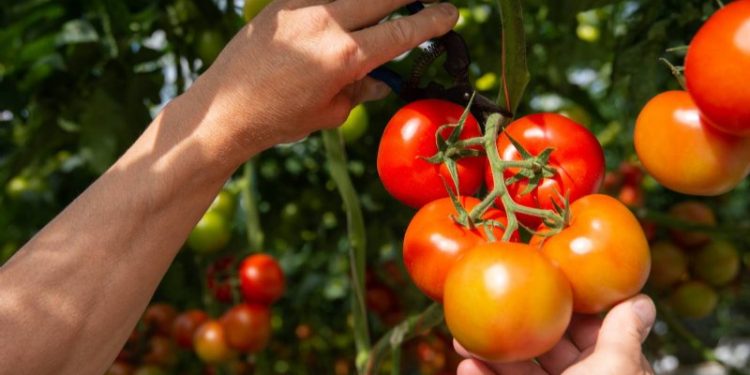In this article, we delve into the dynamic landscape of the tomato market, exploring the current challenges and opportunities faced by farmers, agronomists, agricultural engineers, and farm owners. Drawing on the latest data and insights from trusted sources, we examine the factors impacting the tomato market and provide strategies to navigate these turbulent times successfully.
The tomato market is experiencing significant fluctuations and uncertainties, necessitating informed decision-making for farmers and agricultural professionals. According to a recent report from Nieuwe Oogst, the tomato market is facing roiling times due to various factors, including changing consumer preferences, market competition, and supply chain disruptions.
Consumer preferences play a crucial role in shaping the tomato market. With evolving dietary trends and increased emphasis on sustainability, consumers are demanding more locally grown, organic, and environmentally friendly tomatoes. This shift in preferences has prompted farmers to adapt their production practices to meet these demands. By adopting sustainable farming methods, such as integrated pest management and organic cultivation techniques, farmers can position themselves favorably in the market and cater to the growing consumer base seeking sustainable tomato products.
Moreover, the tomato market is highly competitive, with domestic and international producers vying for market share. Globalization has led to an influx of tomatoes from different regions, intensifying competition and exerting pressure on prices. To thrive in this competitive environment, farmers and farm owners need to focus on product differentiation and quality. By cultivating unique tomato varieties, investing in high-quality production systems, and implementing stringent quality control measures, farmers can stand out in the market and command premium prices for their tomatoes.
Supply chain disruptions further compound the challenges faced by tomato producers. Factors such as extreme weather events, transportation issues, and labor shortages can disrupt the flow of tomatoes from farm to market. To mitigate these risks, agricultural professionals must adopt robust risk management strategies. Diversifying transportation options, implementing climate-resilient farming practices, and fostering strong relationships with suppliers and distributors can help minimize the impact of supply chain disruptions and ensure a consistent supply of tomatoes.
In conclusion, the tomato market is experiencing a period of turbulence, driven by shifting consumer preferences, fierce competition, and supply chain complexities. However, by understanding these challenges and proactively adapting strategies, farmers, agronomists, agricultural engineers, and farm owners can navigate these roiling times successfully. Embracing sustainable farming practices, focusing on product differentiation, and implementing robust risk management measures will empower agricultural professionals to thrive in the dynamic tomato market and secure long-term success.
Tags: tomato market, consumer preferences, sustainable farming, product differentiation, supply chain disruptions, risk management, agriculture, farmers, agronomists, agricultural engineers, farm owners.












